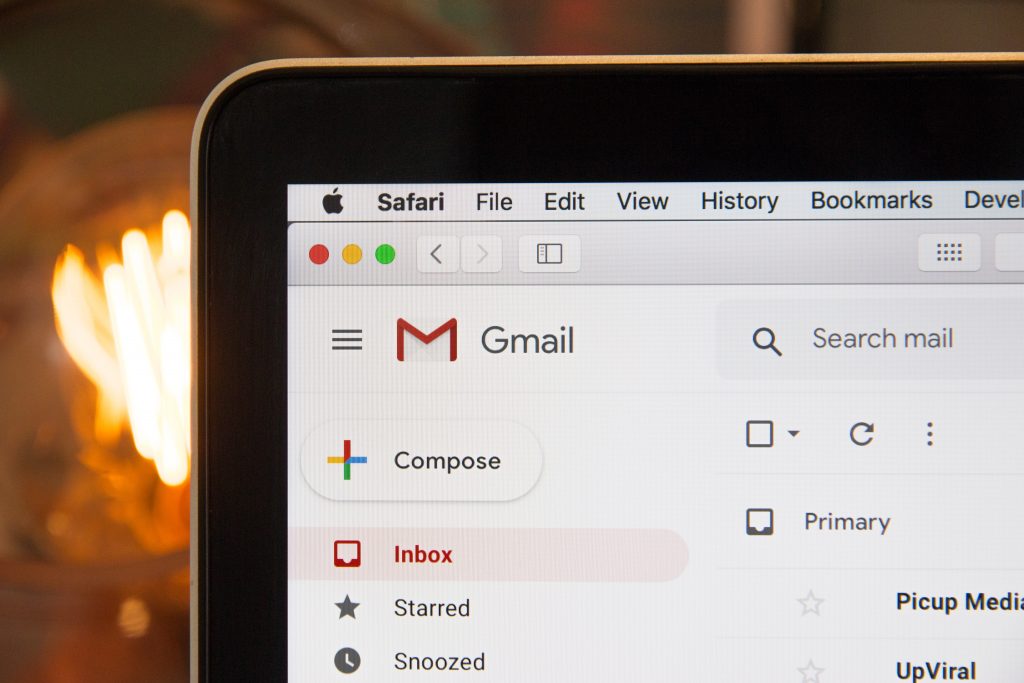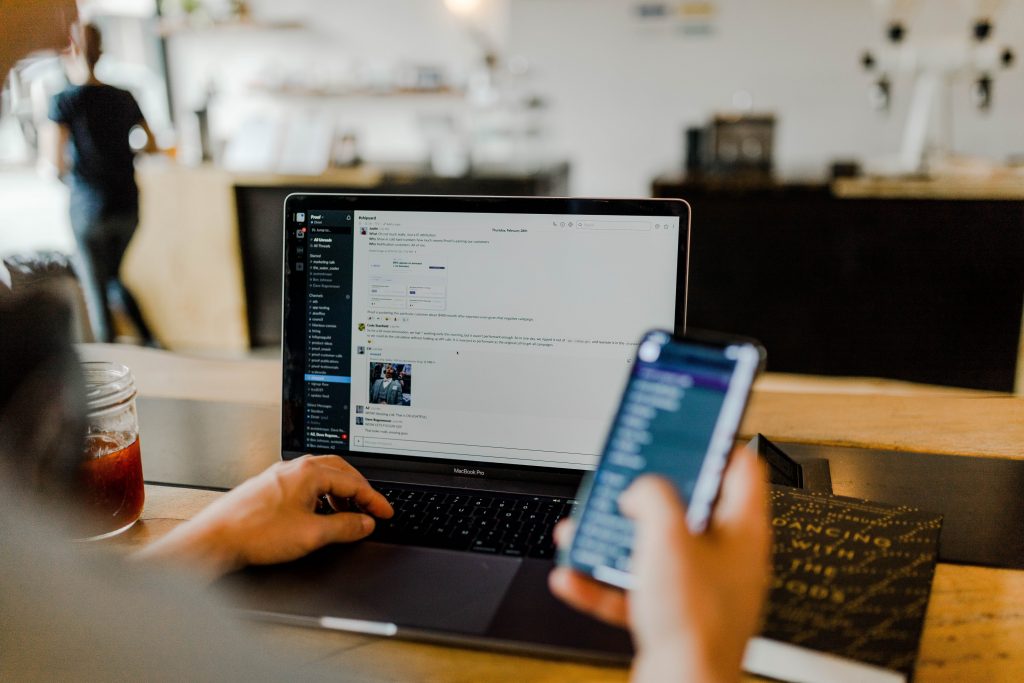How to Work like a Productivity Ninja: 8 Lessons from Graham Allcott

Graham Allcott is a productivity coach and consultant, and author of the book How to be a Productivity Ninja. He’s also the host of the Beyond Busy podcast and the founder of Think Productive – a company that helps businesses make space for what matters and be more productive at what they do.
We were excited and honored to meet Graham for an interview for the DeskTime YouTube channel.
In these times when many people have partly or entirely switched to remote work, Graham shares his lessons on how to structure your workday, set clear productivity goals, and find tools that foster productivity.
Want to get the most out of your time?
Try DeskTime for free!
Try free for 14 days · No credit card required.
By signing up, you agree to our terms and privacy policy.

Lesson 1: Come up with new routines for working remotely
As someone who has been working remotely for almost a decade, Graham Allcott wasn’t taken aback by the changes in working patterns that the world experienced this year. Apart from doing workshops and talks abroad, he’s working from an office in his garden that he lovingly calls “the shed”.
In light of this year’s events when many companies have switched to remote work, Graham says:
“Many of our standard rhythms have been taken away. For example, commuting is hated by most people but it does help us get into the work mode. And the commute at the end of the day helps to process and decompress the events of the workday.”
Graham believes that certain daily rhythms are necessary for us to stay productive and happy while working. Therefore he suggests finding ways to replicate these routines while working remotely or coming up with new ones.
For example, it’s no secret that we walk a lot less when working from home – obviously, we don’t need to walk between meetings or go out to get a sandwich as it’s already in the kitchen. However, we can have an afternoon walk in the garden, a morning meditation, or another routine activity that helps us feel and perform better on workdays.

Lesson 2: Learn to manage your attention wisely
Productivity is about managing your attention. In his book How to be a Productivity Ninja, Graham Allcott lists three types of attention:
- Proactive attention – two to three hours per day when you’re most energetic, switched-on, and able to do the most difficult tasks on your list.
- Inactive attention – a couple of hours of passive actions like scrolling up and down your email inbox.
- Active attention – hours in between when you are moderately attentive.
Graham believes that when you’re at home you have more autonomy for using your proactive attention time, and you can also manage your inactive attention time in smarter ways. In other words – you can make better decisions about how you manage your attention.
Lesson 3: Think of the email inbox as the list of everyone else’s priorities (not yours)
Most people feel compelled to start their day by checking their inbox to see what’s new since yesterday. But by checking email in the morning we are risking to spend too much of our proactive attention time for this rather passive activity.
For emails not to mess up your morning productivity, Graham Alcott suggests two things:
- Think of emails as the list of other people’s priorities, not yours.
- Allow yourself a structured emergency email scan in the morning. This way you can see what’s going on and determine what’s urgent and what can wait. Answer the less urgent emails later in the day.

Lesson 4: Set clear and specific productivity goals
Graham Allcott is convinced that lack of clear thinking is the most common barrier to reaching better productivity.
“People often think improving productivity is about changing their organization, downloading apps, or other complex actions. But for me it boils down to two simple things – are you clear about where you’re going and do you know the exact next steps to get there.”
Graham explains that even highly sophisticated people working on very complex and expensive projects often don’t know the answer to these simple questions. Or, if you ask several people working on the same project, they might have very different answers.
He points out: ”I’d like to guide people towards clarity and help them get into the granular details of specifying the end goal of the project. This includes knowing exactly how to start approaching the goal and what are the next steps. Once you know these things, there’s an energy behind what you’re doing.”

Want your productivity to skyrocket?
Get the most out of DeskTime’s power features for time management.
Lesson 5: In remote work, find a balance between employee flexibility and collective experience
One of the great things about remote work is being able to work flexible hours. This means that it isn’t necessary for everyone to log in together at 9 AM and say “Hi” in the Slack channel at the same time. However, this can be a nice tradition (unless it’s used as an employee monitoring method).
Graham tells us that some people from his team prefer to start work at 6 or 7 AM, have a nap after lunch, and work a bit more in the afternoon. It’s up to them when they feel most productive, and they have the freedom to adjust their schedule if they are working from home.
On the other hand, it’s sometimes important to have the whole team present (even virtually) and feel that everyone is in sync, doing things together. Graham believes that we need to find a balance between such collective experience and giving people autonomy and flexibility to “do their own thing at different times”.
To maintain the collective experience and also hold accountability while out of the physical office, Graham suggests using communication platforms like Slack and also holding virtual daily huddle meetings and all-hands meetings.

Lesson 6: Find a good “second brain” tool for projects
It’s crucial to have a really good tool to hold all information about projects in action. Graham uses Nozbe for many years and he also suggests Todoist, but there are many others to choose from.
Graham says: “You should be looking for a tool that provides functionality around projects and actions. You should be able to categorize things both under the specific project and also the context of how and when you need to do them.”
Lesson 7: Get an app that helps manage your relationship with your phone
“When people ask me what has changed in productivity in recent years, my answer is – nothing, except that the phone has changed everything”, Graham says.
“Back in 2013 and 2014, people already had phones and even smartphones, but the level of addiction and compulsion to use them was not what it is now.”
He suggests using a tool or an app to help control your relationship with your phone – for example, QualityTime for Android and Freedom for iOS users. These apps let you keep track of how much time you spend on your phone and restrict access to the most distracting apps at different times of the day.
Graham explains: “When I’m in my morning proactive attention time, I really want to be heads down, I don’t want access to YouTube, Twitter, Instagram, and even Google Chrome and the internet. I don’t want those temptations to mess about and distract myself.”

Lesson 8: You can learn productivity (even if it’s not in your nature)
Graham Allcott tells us that he didn’t naturally become a productive person – he learned it. He reveals that his natural style of working is associated with strategic planning and idea generation, as opposed to execution and paying attention to details.
The productivity expert says: “For a while, I thought I had some kind of a personal deficiency that made me very disorganized and messy. Once I started to fix myself and became much more productive, I fell into conversations with people and found out that others were struggling with the same thing. Actually, the idea for my book and my company came from this major revelation.
“I realized that there’s so much wasted energy because people are doing things in sub-optimal ways and not being clear with themselves.”
Graham admits that he still regularly falls in the traps of his natural productivity style and explains why that’s OK: “As outlined in my book, Productivity Ninja is human, not a superhero. At times we can do amazing things and others will look at you like you have some supernatural powers. But in fact, you are only human with good skills and good tools.
“For me, this is a very powerful message because it means that every human can reach a point of feeling and looking like a superhero at what we do. But it also means that we should be kind to ourselves when we inevitably screw up sometimes and things don’t go as planned.”
Watch the full interview with Graham Allcott here: https://www.youtube.com/watch?v=hfgCxv3hiT4
Or read the review for Graham Allcott’s book “How to be a Productivity Ninja” here: https://desktime.com/blog/book-review-how-to-be-a-productivity-ninja
Did you find this article useful? Give it a clap!
Psst! You can clap more than once if you really loved it 🙂